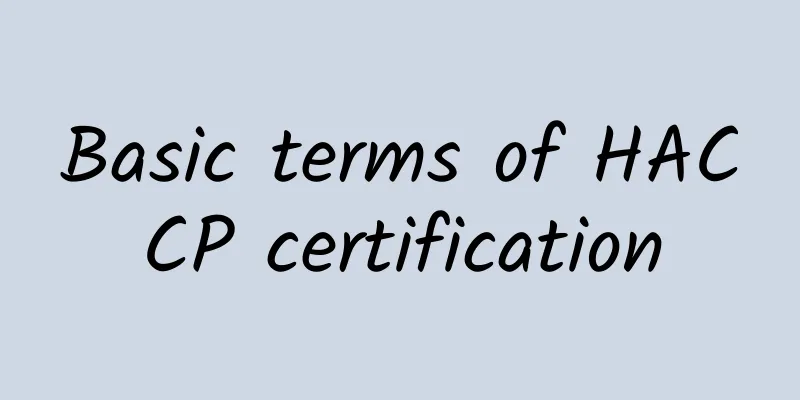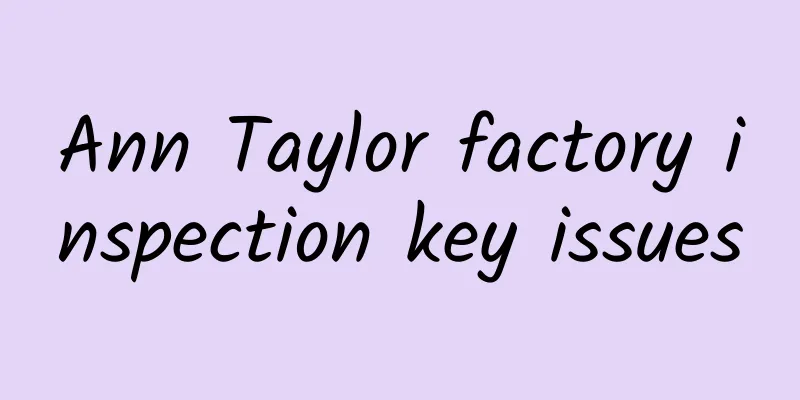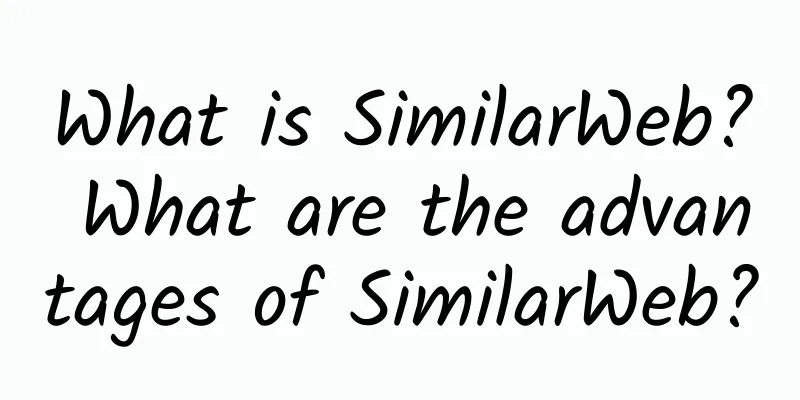Basic terms of HACCP certification

|
Hazard |
<<: Application of HACCP Certification in Canned Food Production
>>: Ann Taylor returns to profitability in first quarter
Recommend
OnBuy - The Amazon of Dorset
What is OnBuy? 82.3% of OnBuy's traffic comes...
Interpretation of ISCC Audit Key Points
Interpretation of audit points 1. Remote audit an...
Spokeo—Foreign personal information search engine
Spokeo, a foreign personal information search eng...
OHSAS18001 Occupational Safety and Health Management System Emergency Plan and Response
OHSAS18001 Occupational Health and Safety Managem...
What is meesho? What are the advantages of meesho platform?
What is meesho? Meesho is an Indian-origin social...
Problems and solutions faced by foreign trade factories
Problems and solutions faced by foreign trade fac...
How does eBay keep selling continuously?
There are always eBay sellers who say they haven&...
How about Shipping Online? What services does Shipping Online provide?
How about shipping online? Shipping Online was fo...
How to apply for eBay business account green channel?
eBay is a global business leader, connecting hund...
Safeway factory inspection: wages and maternity leave for pregnant women
Many factories are not very clear about the wages...
Frequently asked questions in Sedex factory audit
The factory inspection market has developed rapid...
What is Ezbuy? Ezbuy's advantages and entry conditions
Ezbuy was co-founded by He Jian and a group of am...
What is Quora? How did Quora develop?
What is Quora? Quora is a question-and-answer soc...
All Sedex members who need factory inspection (I)
Aldi UK factory inspection consultation/certificat...
What certification is needed to use the GOTS organic label on a product?
If you want to use the GOTS organic label, only a...









